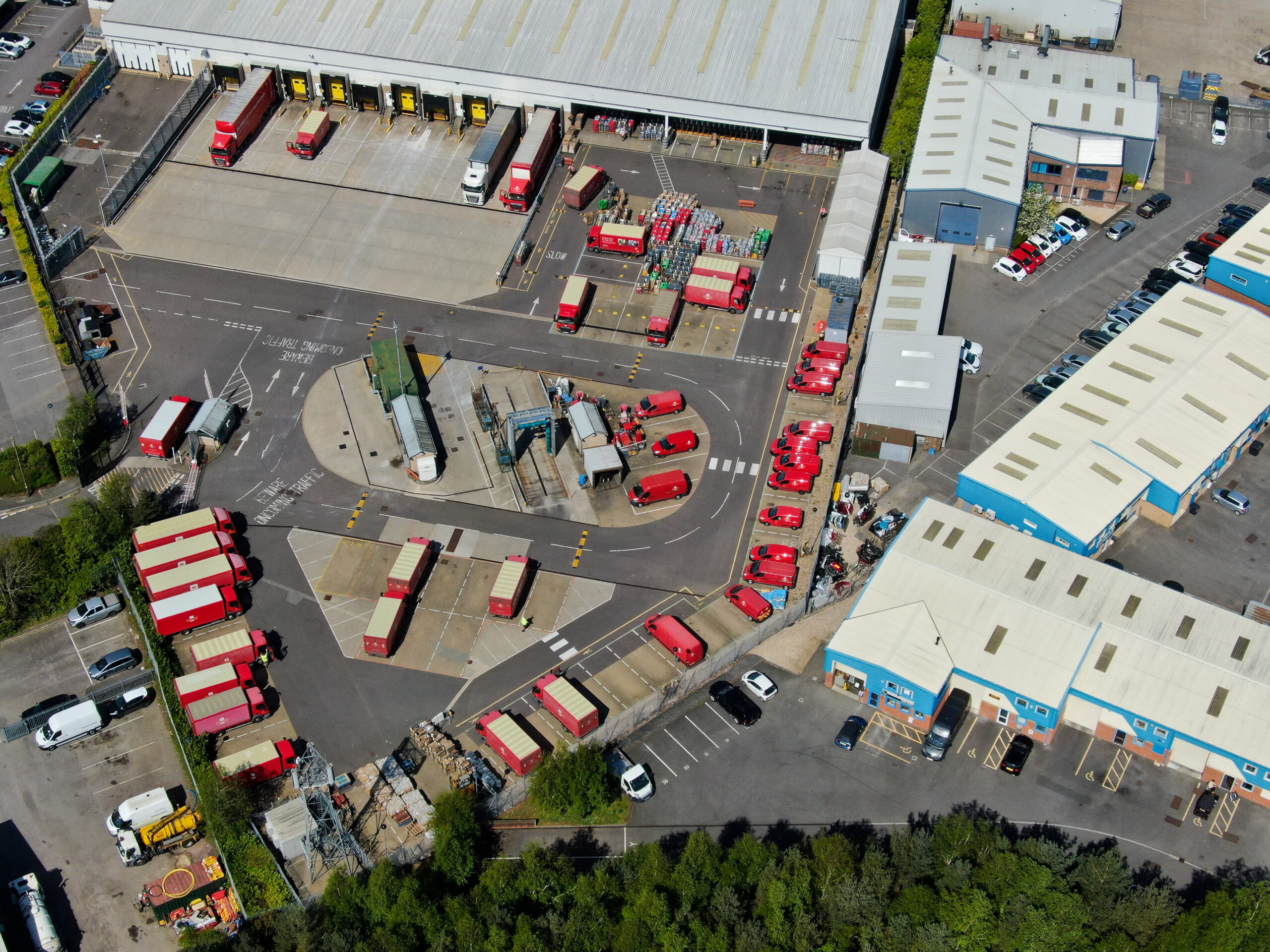Emergency fleet vehicles get a lot of miles. With budgetary concerns, emergency vehicle replacements are often delayed, creating a public safety concern. The best way to improve the lifecycle of vehicles is by analysing driver performance. More blue light fleets are investing in telematics to resolve this challenge.
In a different industry, speeding would be a cause of concern, but first responders must speed to respond quickly to emergencies. Even though the job requires high-speed driving, it does not mean drivers cannot demonstrate risky behaviour. Because of this, blue light fleets must gather their telematics data from different sources to improve their officer and vehicle safety.
What is Telematics?
Telematics is a sophisticated solution that allows fleets to track all aspects of a vehicle and driver through the following:
- Notifications of unauthorised vehicle activity
- Route optimisation for efficient dispatching
- Scorecards that monitor risky driving behaviour to reduce it
- Real-time alerts when a vehicle speeds without its blue light
- GPS tracking for real-time locations
These advanced features provide fleet managers with a complete view of emergency vehicle locations, schedules, and routes, so if a driver is demonstrating poor behaviour, managers can verify in real-time whether it is a real emergency.
Overcoming Common Challenges
Positive public perception is a constant challenge in emergency service fleets. Accidents involving emergency vehicles and driving recklessly without a blue light can harm the department’s reputation. Emergency vehicles with telematics installed have complete vehicle history: date, time, and location to verify responsible usage of the vehicles purchased with taxpayer money.
Blue light fleets also often struggle with gaining insight into vehicle and asset activity. Monitoring driver activity while simultaneously completing the many other responsibilities of managing a blue light fleet is difficult without telematics. Telematics autogenerates a scorecard so managers can go back and review who and what needs improvement once time allows, keeping managers informed.
Benefits of Telematics in a Blue Light Fleet
With so much urgency in a blue light fleet, it can create more issues, but telematics resolves those issues by doing the following:
Improving Safety
There is a risk when emergency responders go behind the wheel as they are multi-tasking: answering dispatch calls or entering information (e.g. license plate numbers, names, or other search queries). Telematics alerts when emergency responders are becoming distracted by these daily tasks:
- Alerting whenever this is harsh braking or acceleration events
- Monitoring seatbelt usage
- Identifying vehicle location
- Collecting data to coach drivers to improve behaviour
Saving Money
Blue light fleets deal with tight budgets. Monitoring driver behaviour, idling time, and odometers cause less vehicle wear and tear and less money on fuel.
- Excess wear and tear lead to more costly repairs, maintenance, and replacements
- Reducing idling time reduces the fleet’s second largest expense, fuel
Advancing Operational Efficiency
Telematics collects data on vehicle conditions so managers can do the following:
- Determine metrics like the number of hours of use or miles travelled to establish a baseline to increase utilisation
- Compare each vehicle’s history to meet benchmarks and analyse vehicle usage history
- Improve inventory management by and locate assets (e.g. computers, phones, radios, printers) to simplify asset tracking
- Reroute drivers quickly whenever an emergency arises












